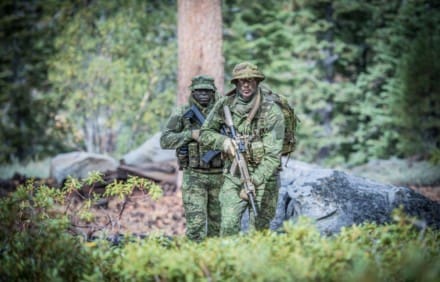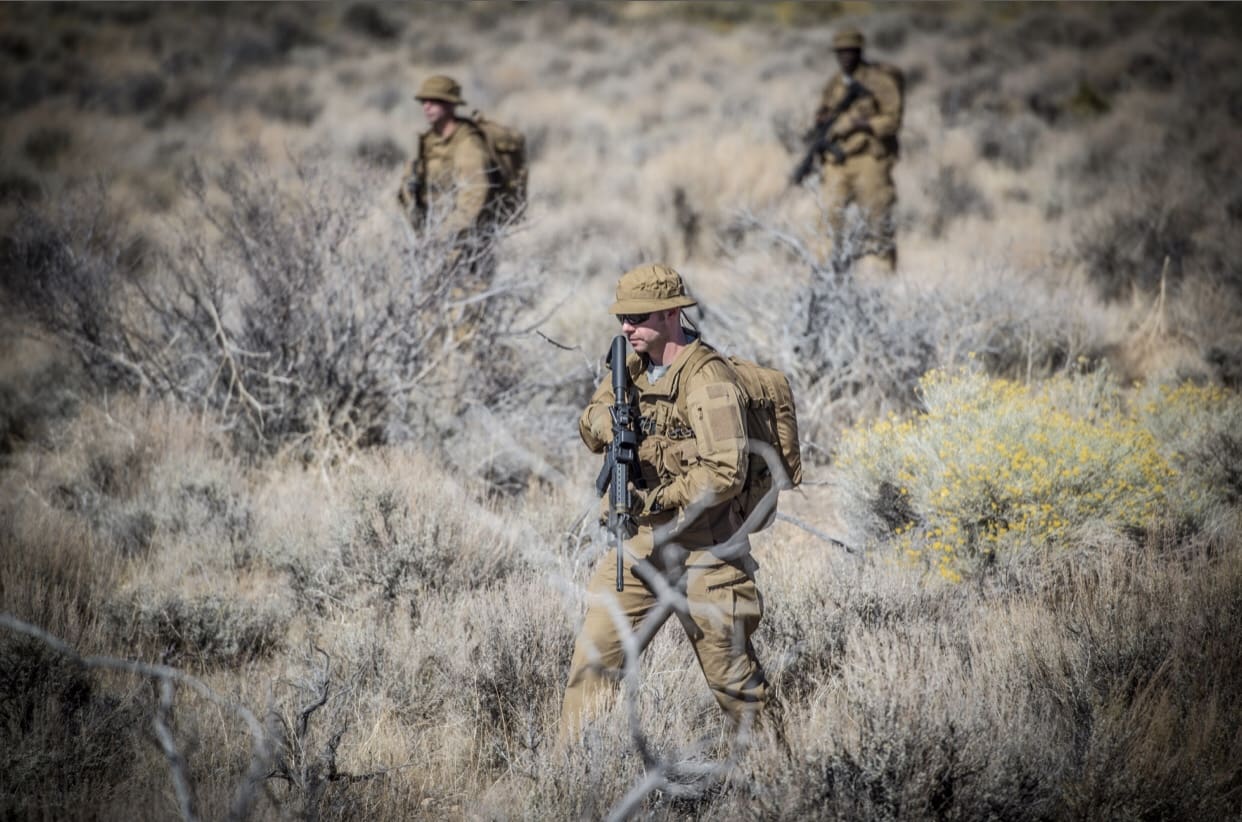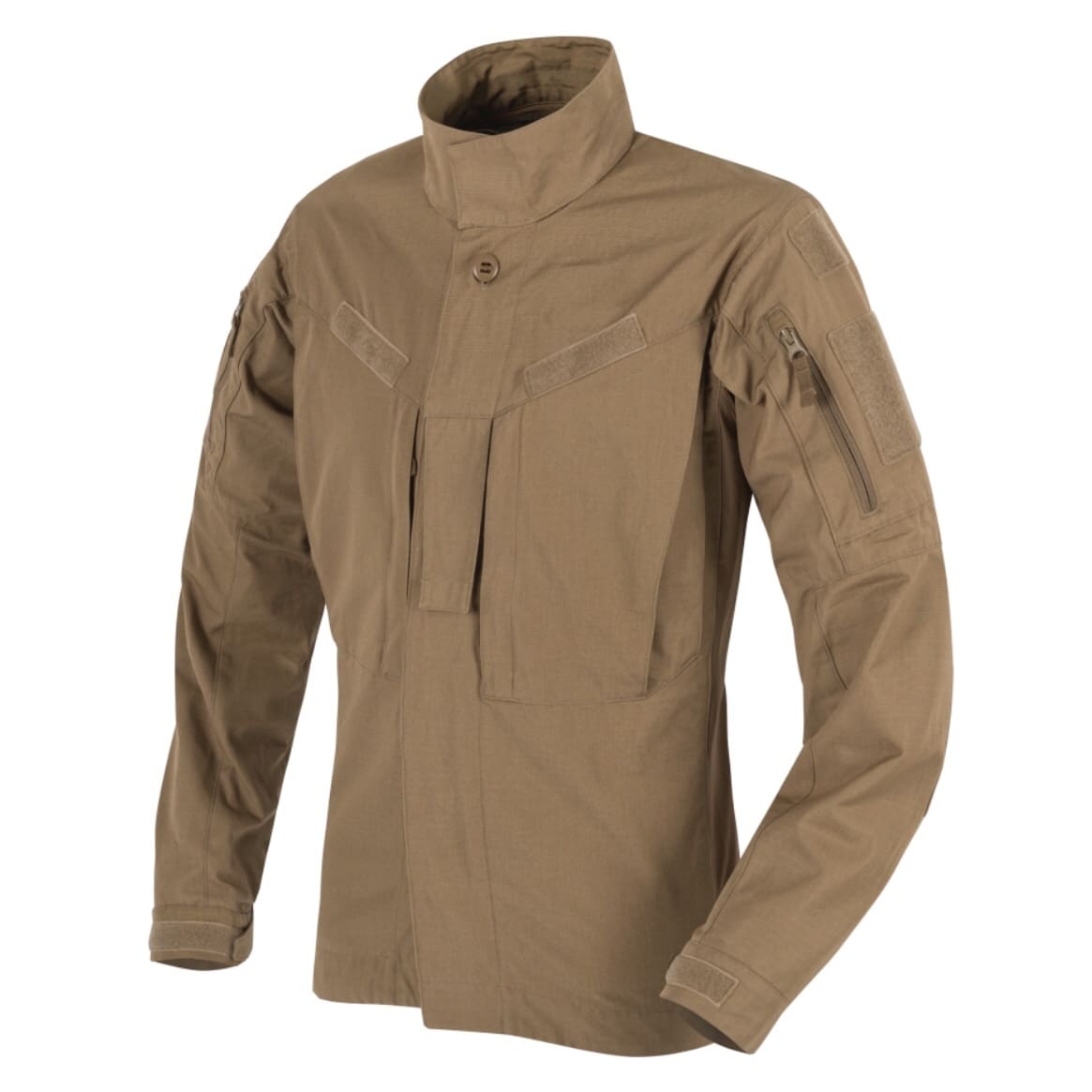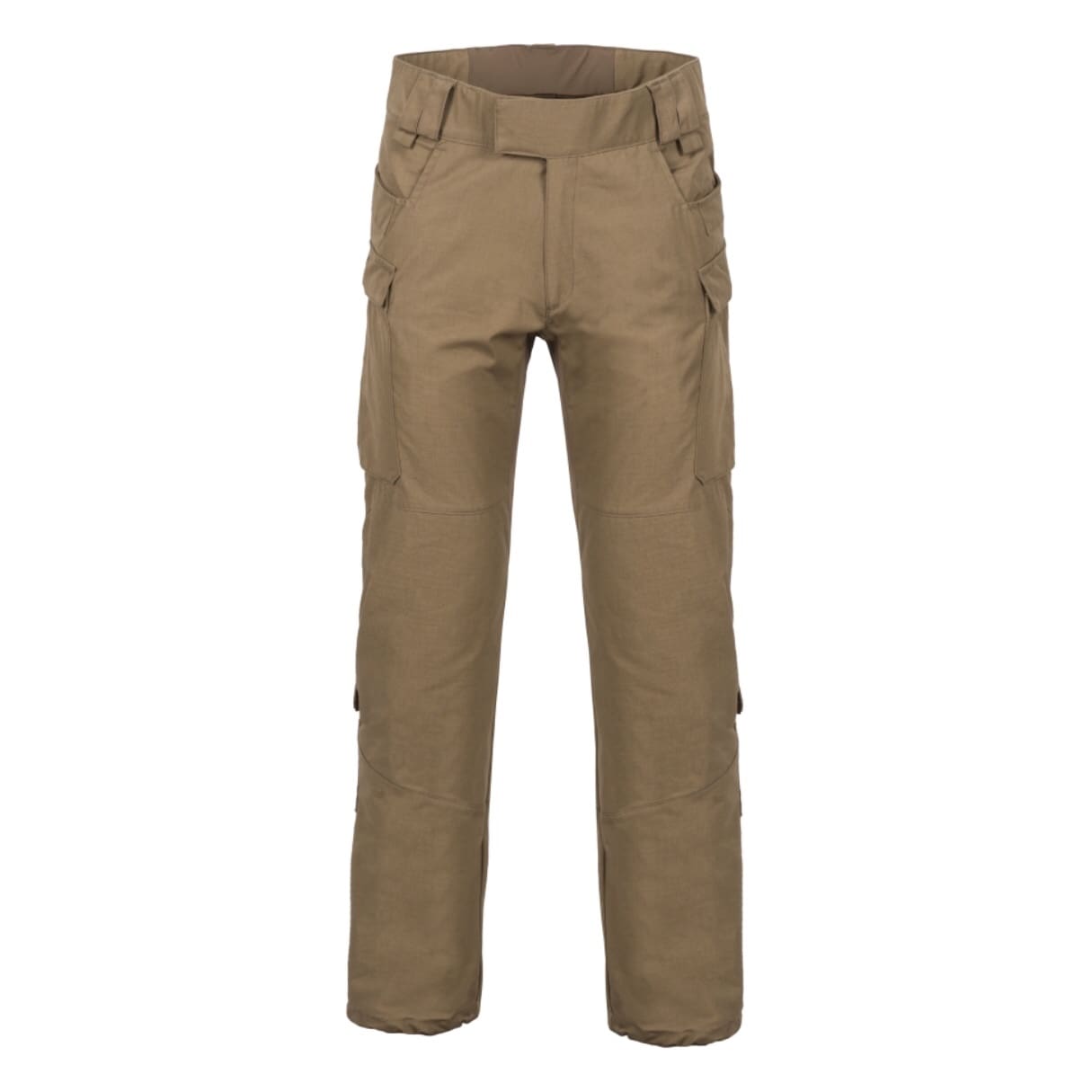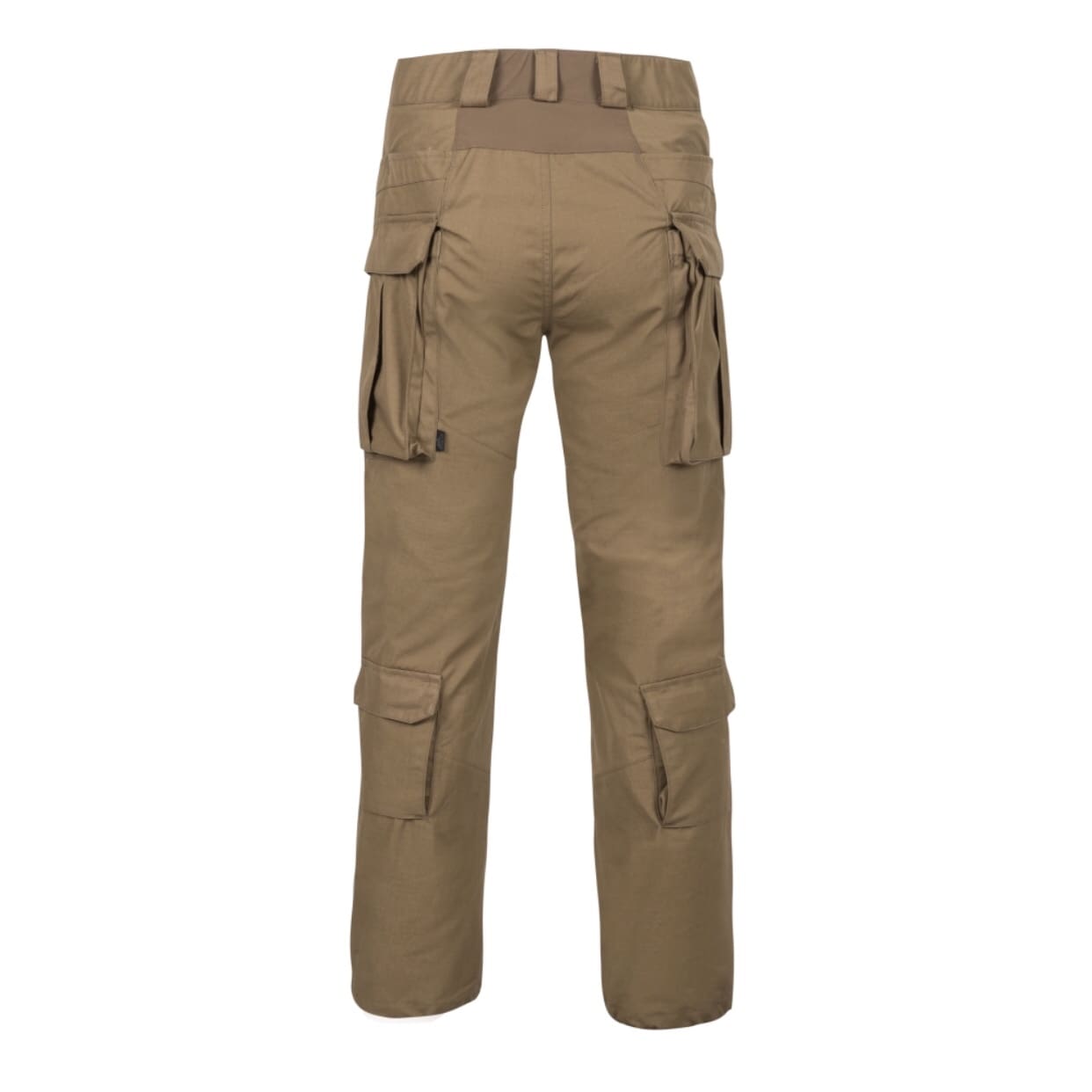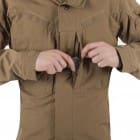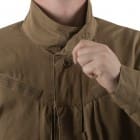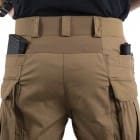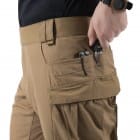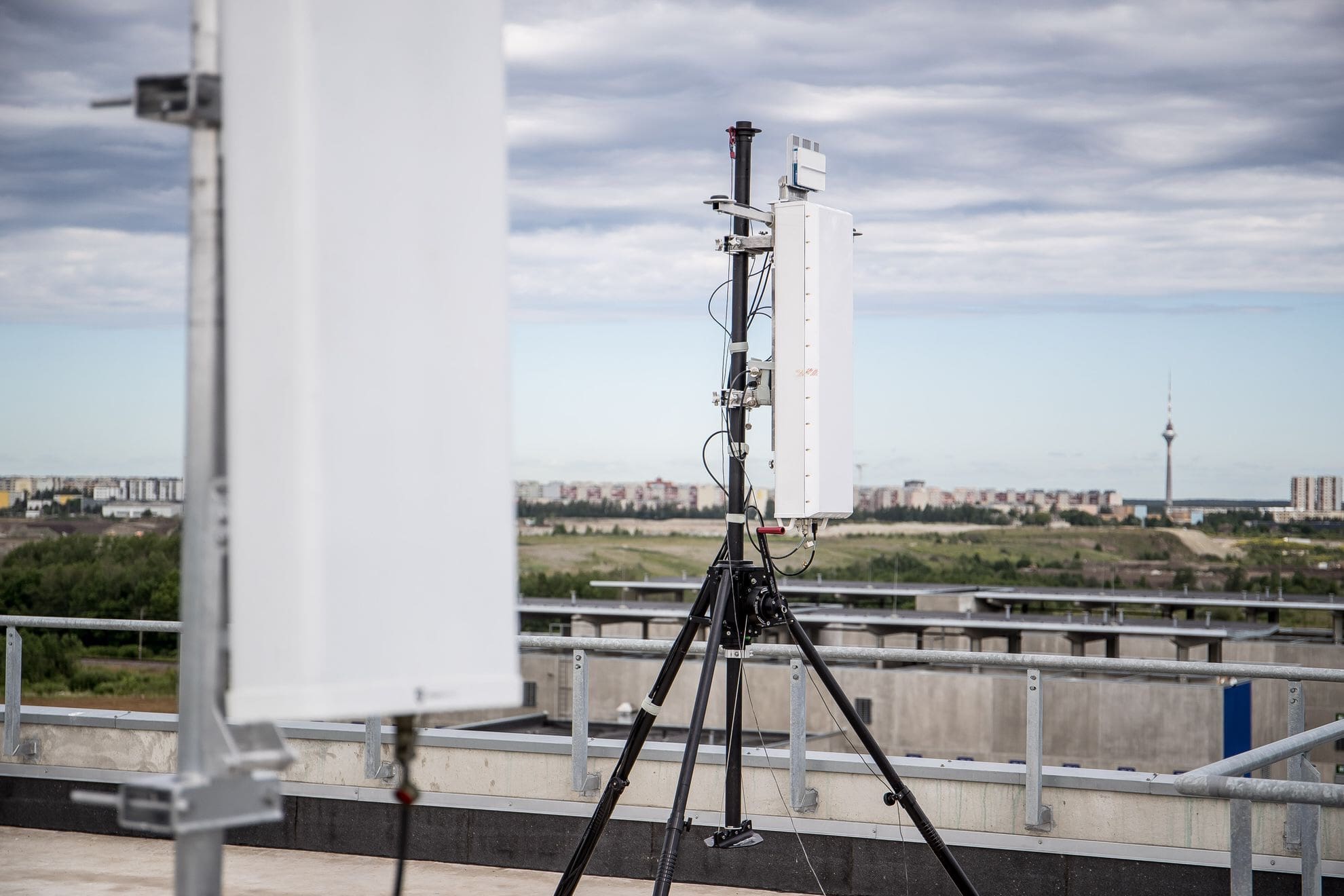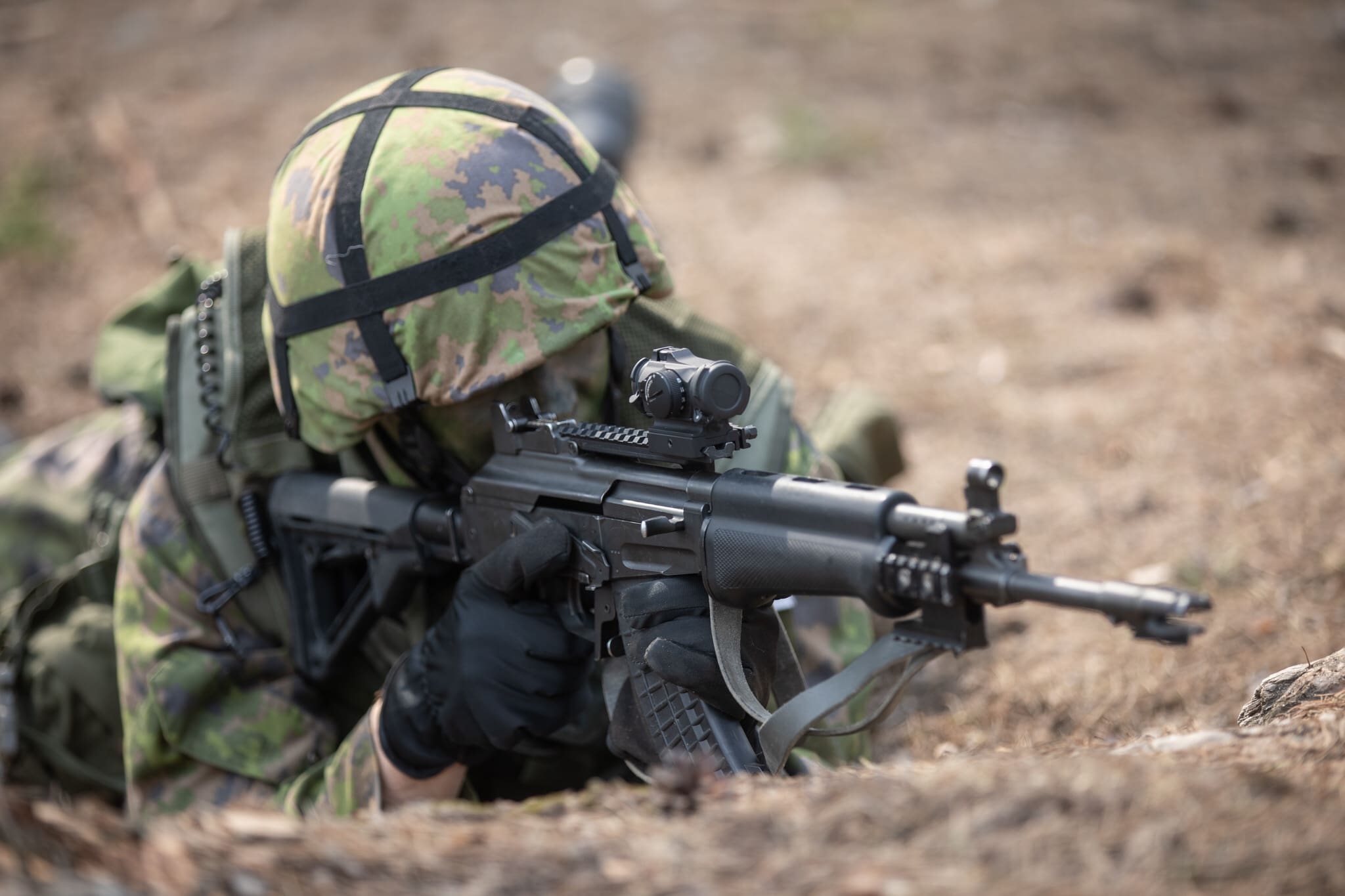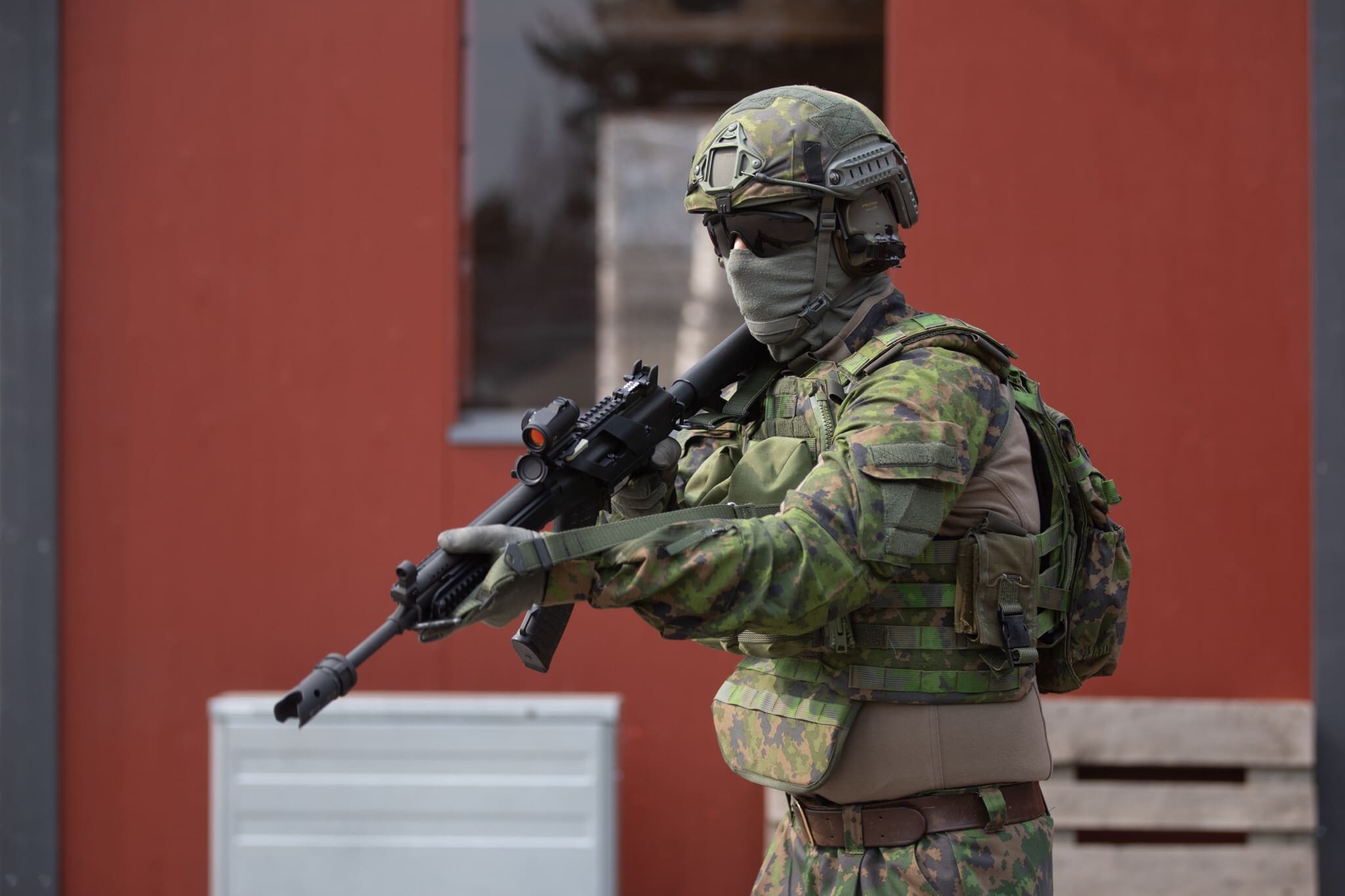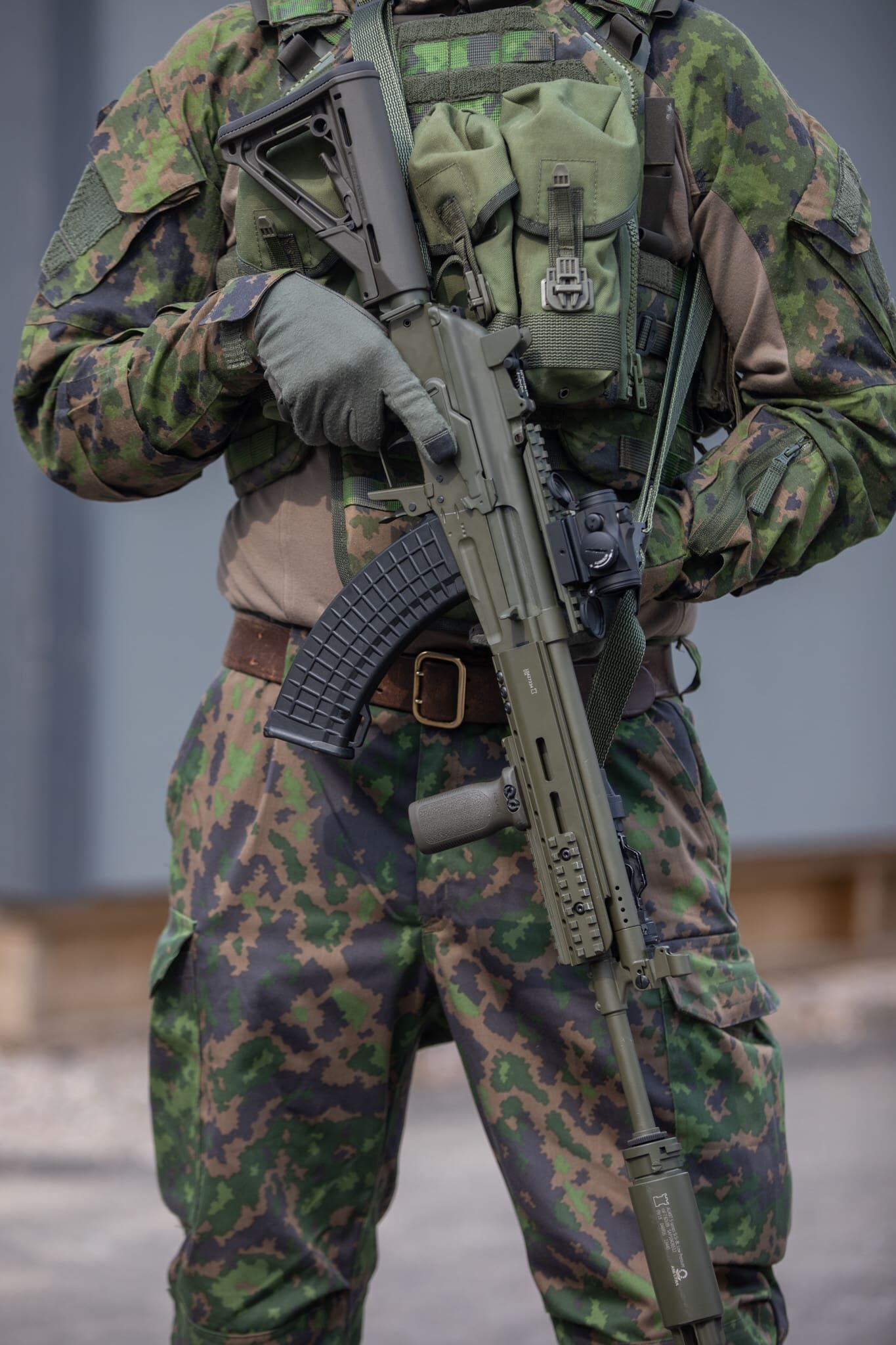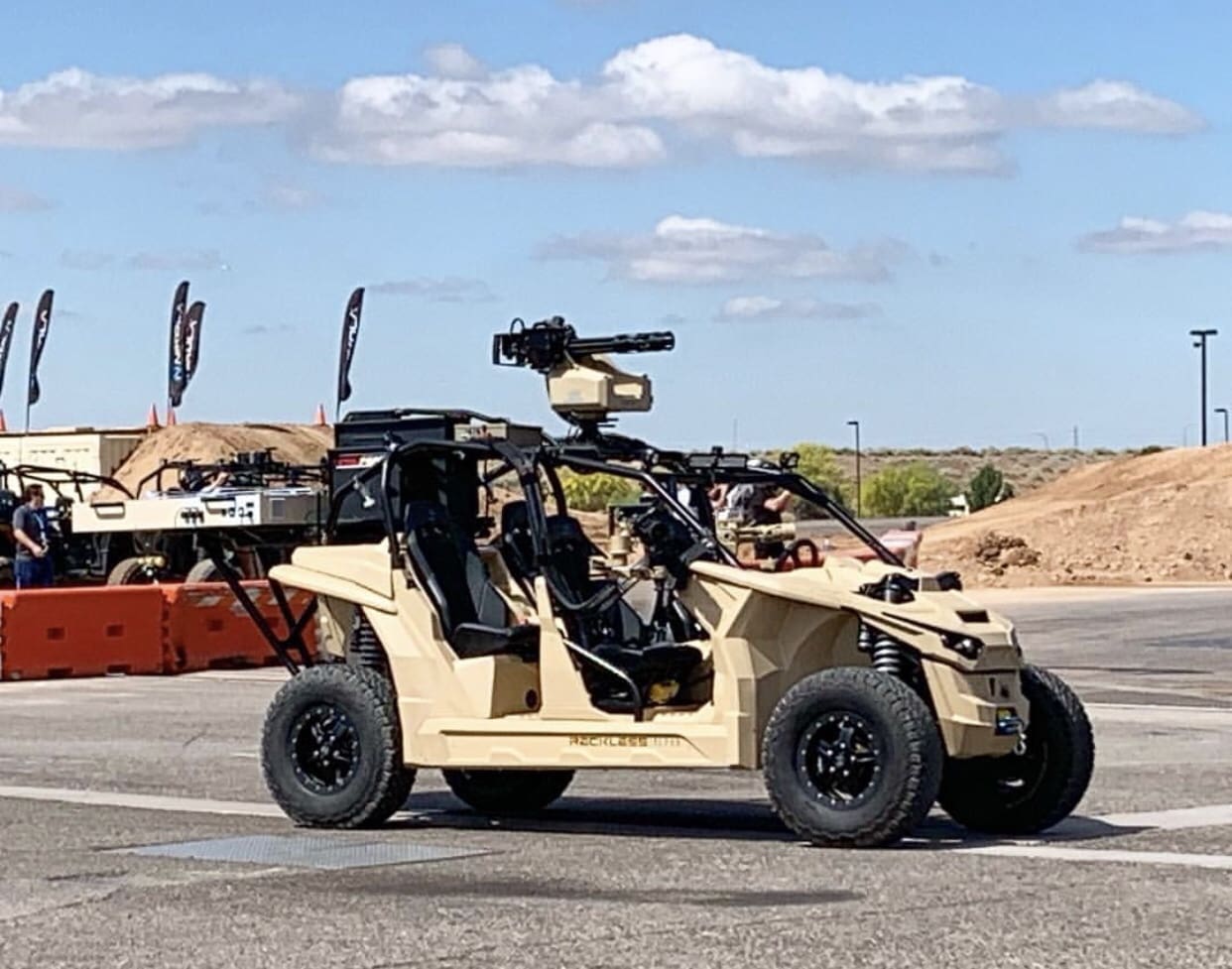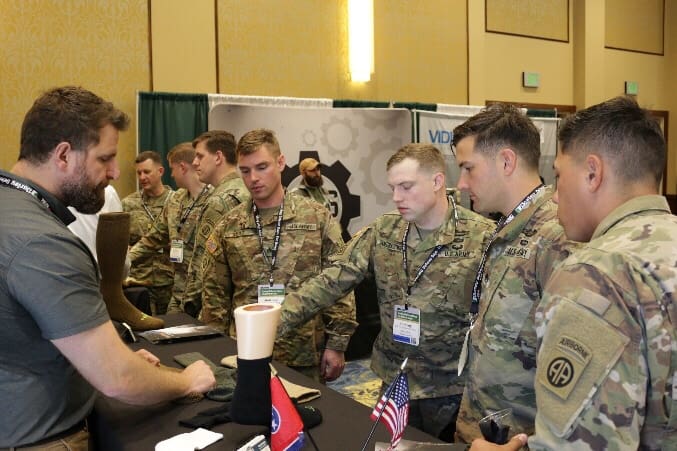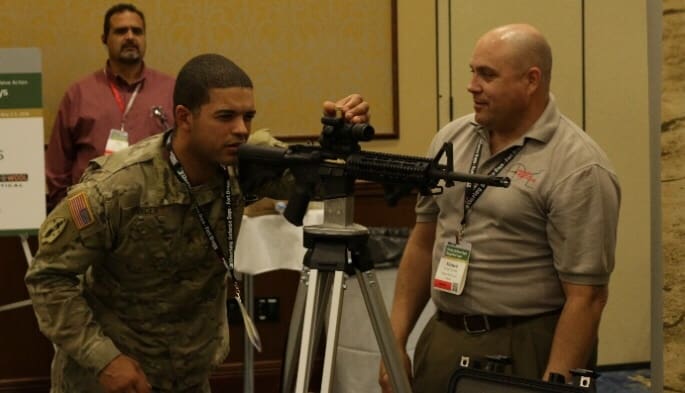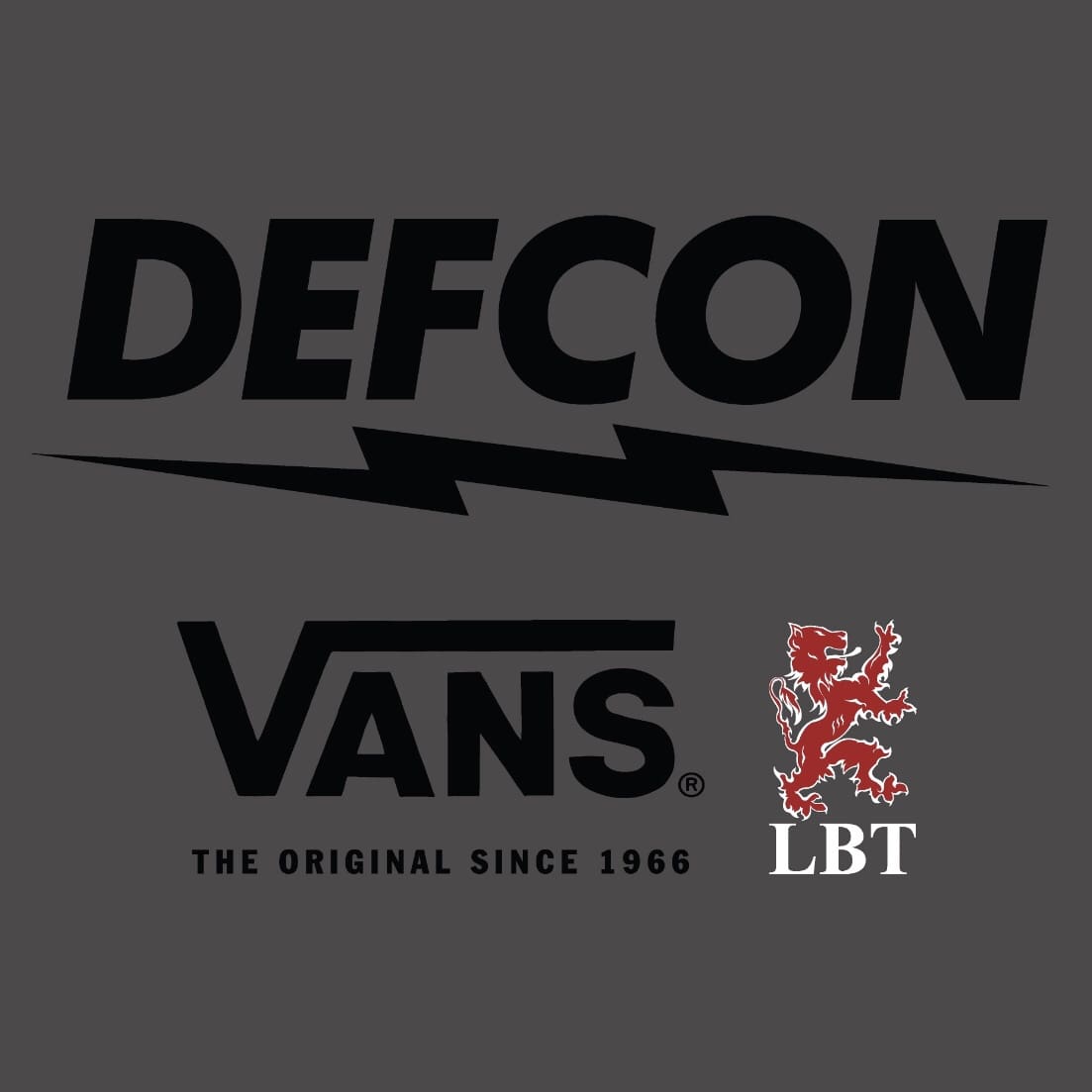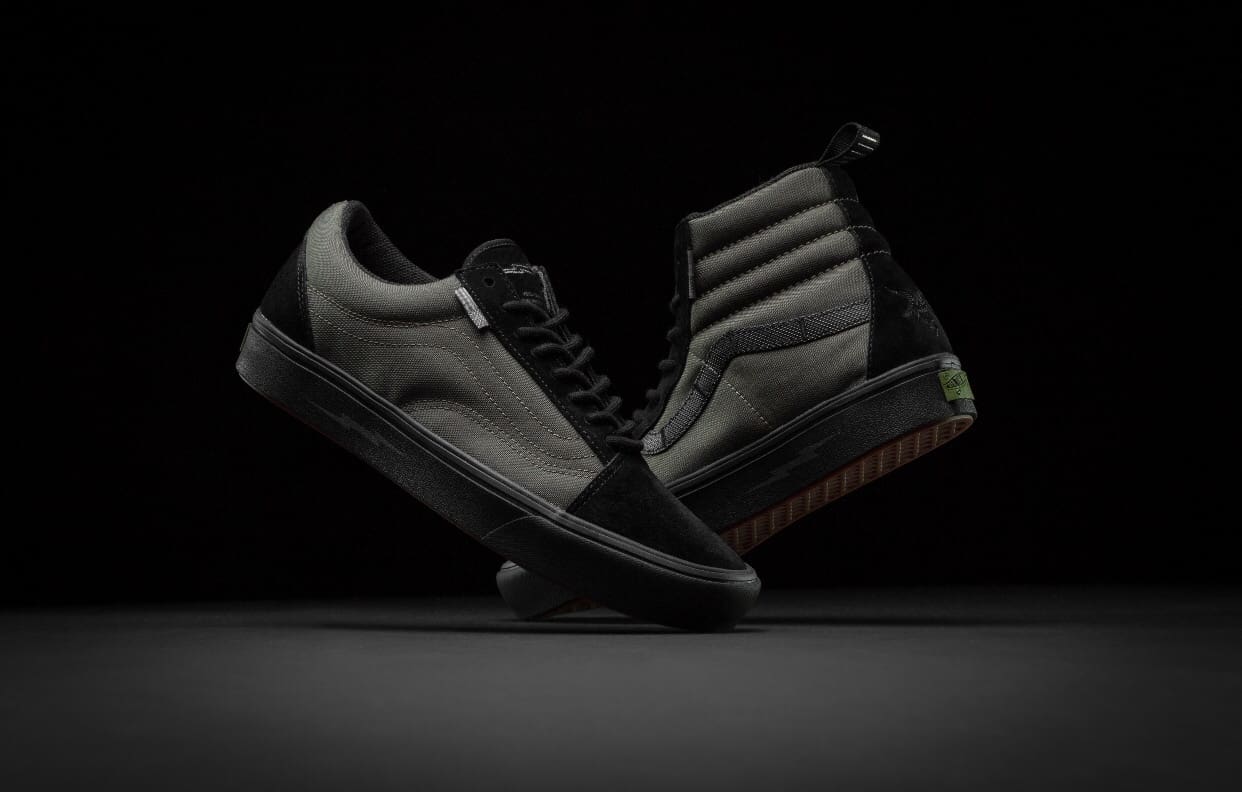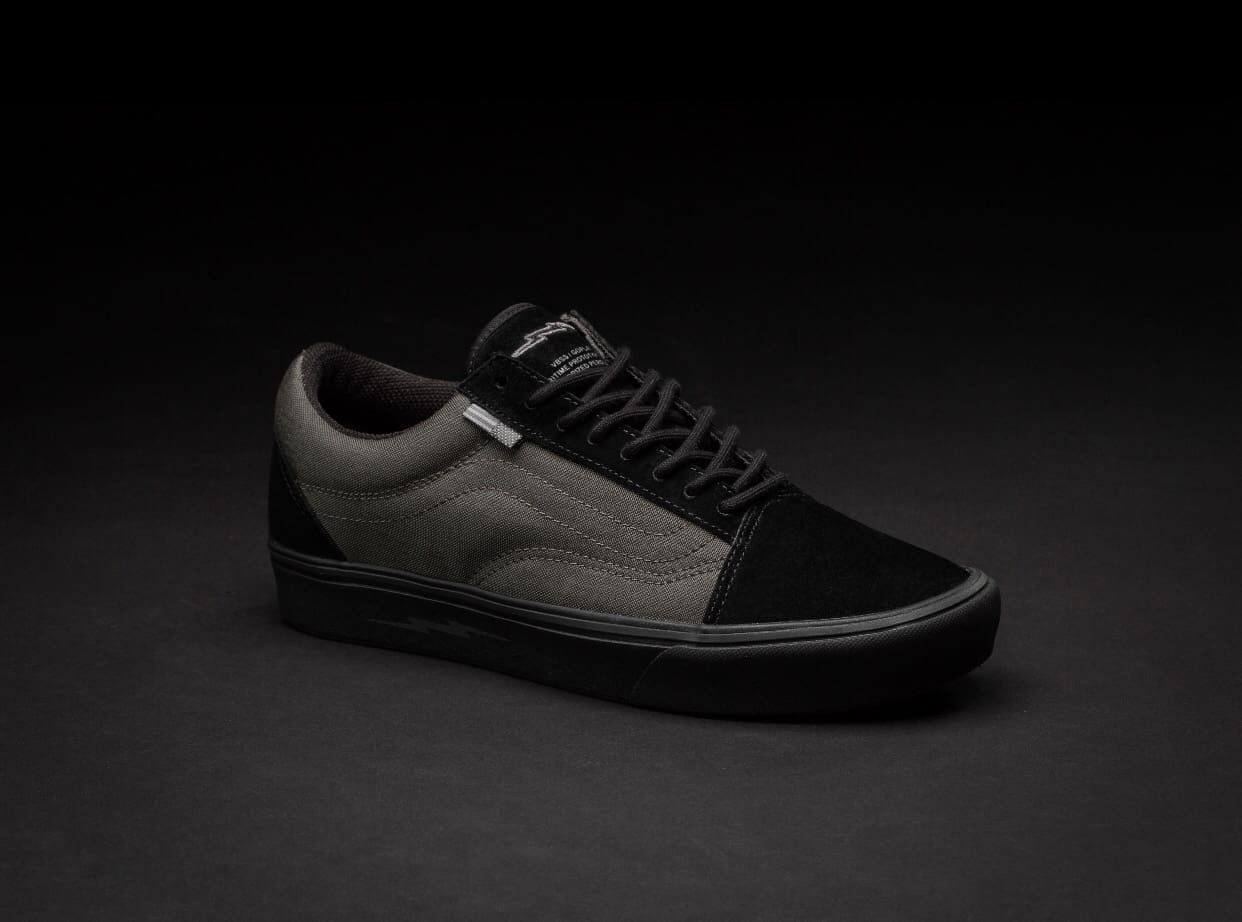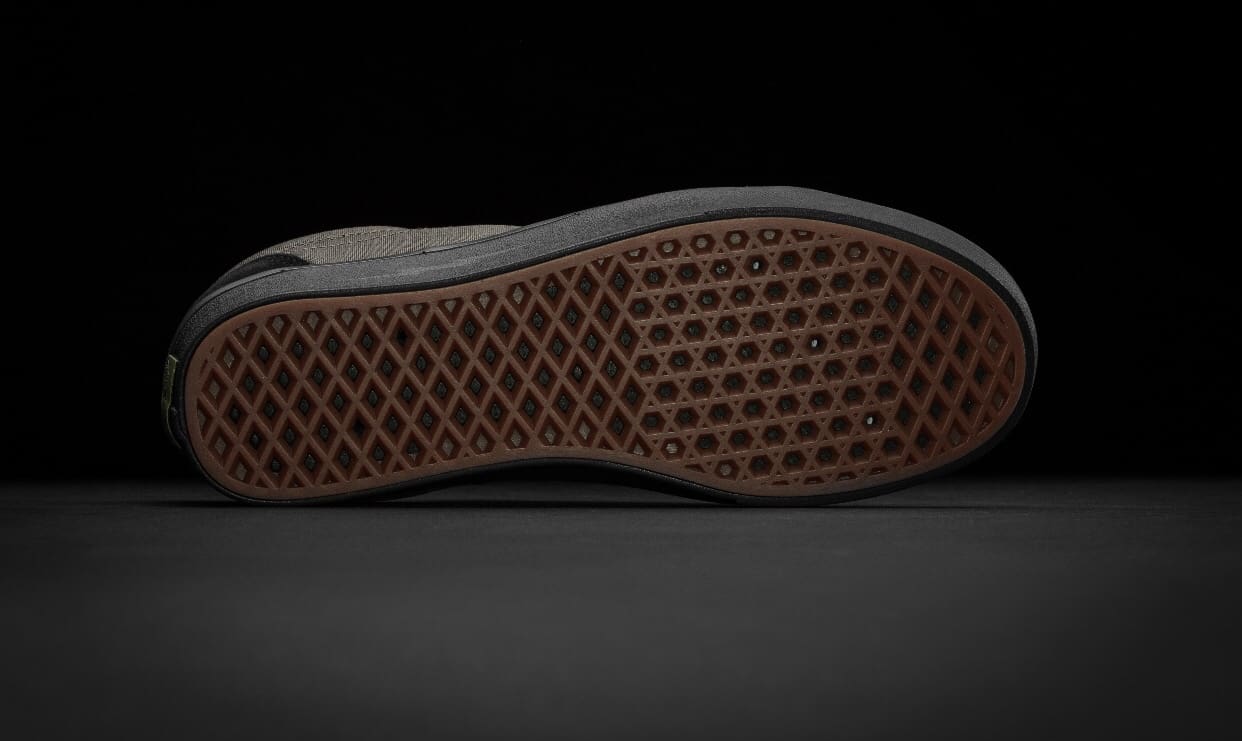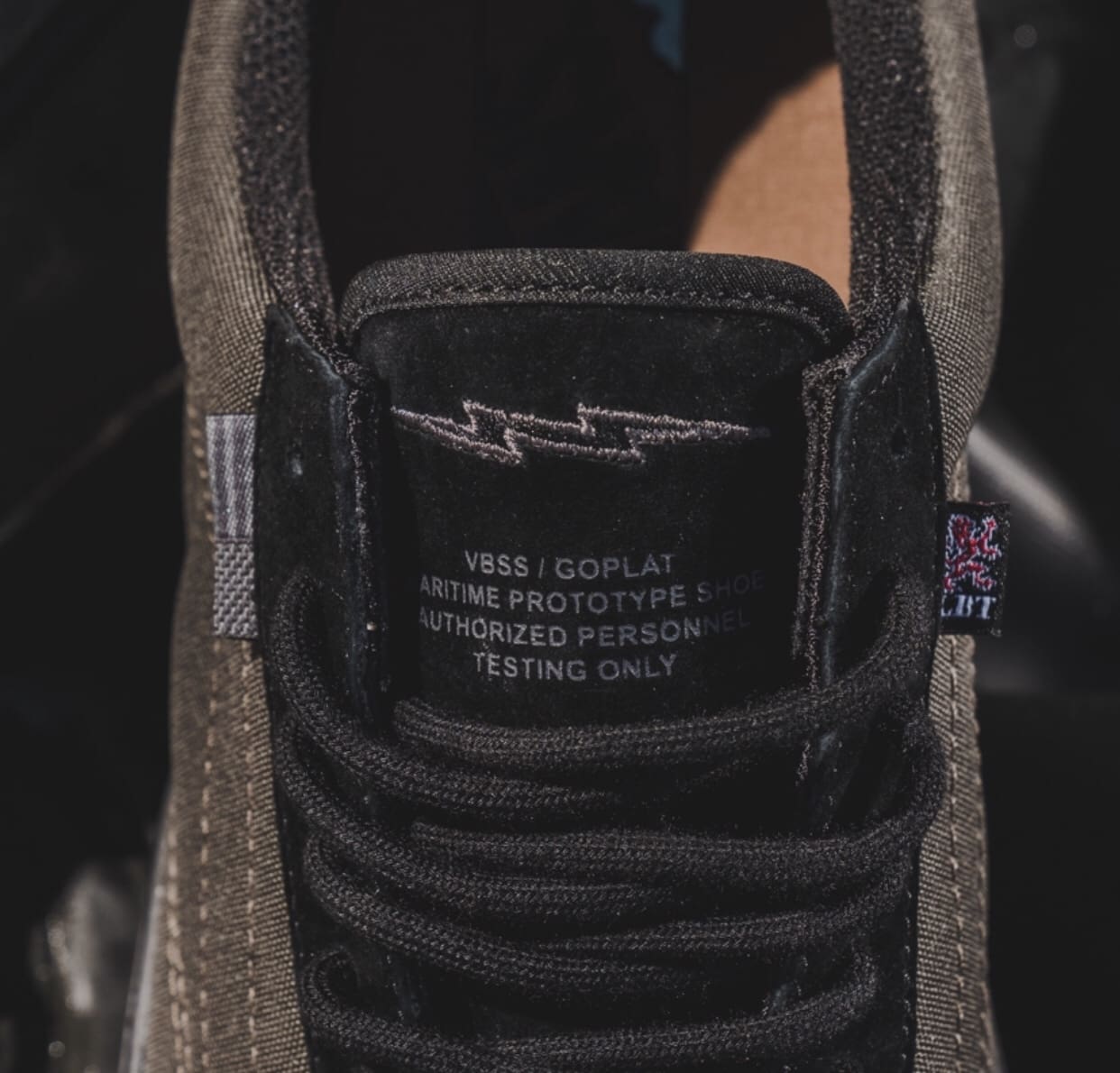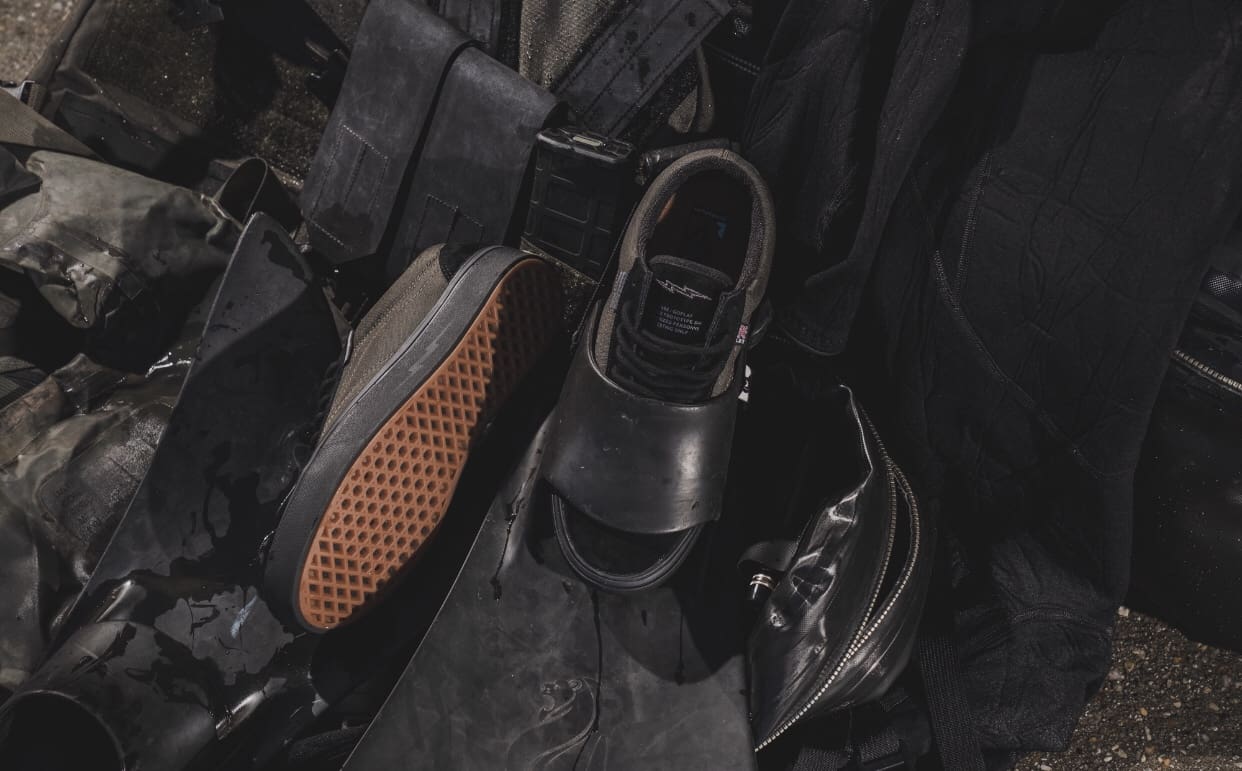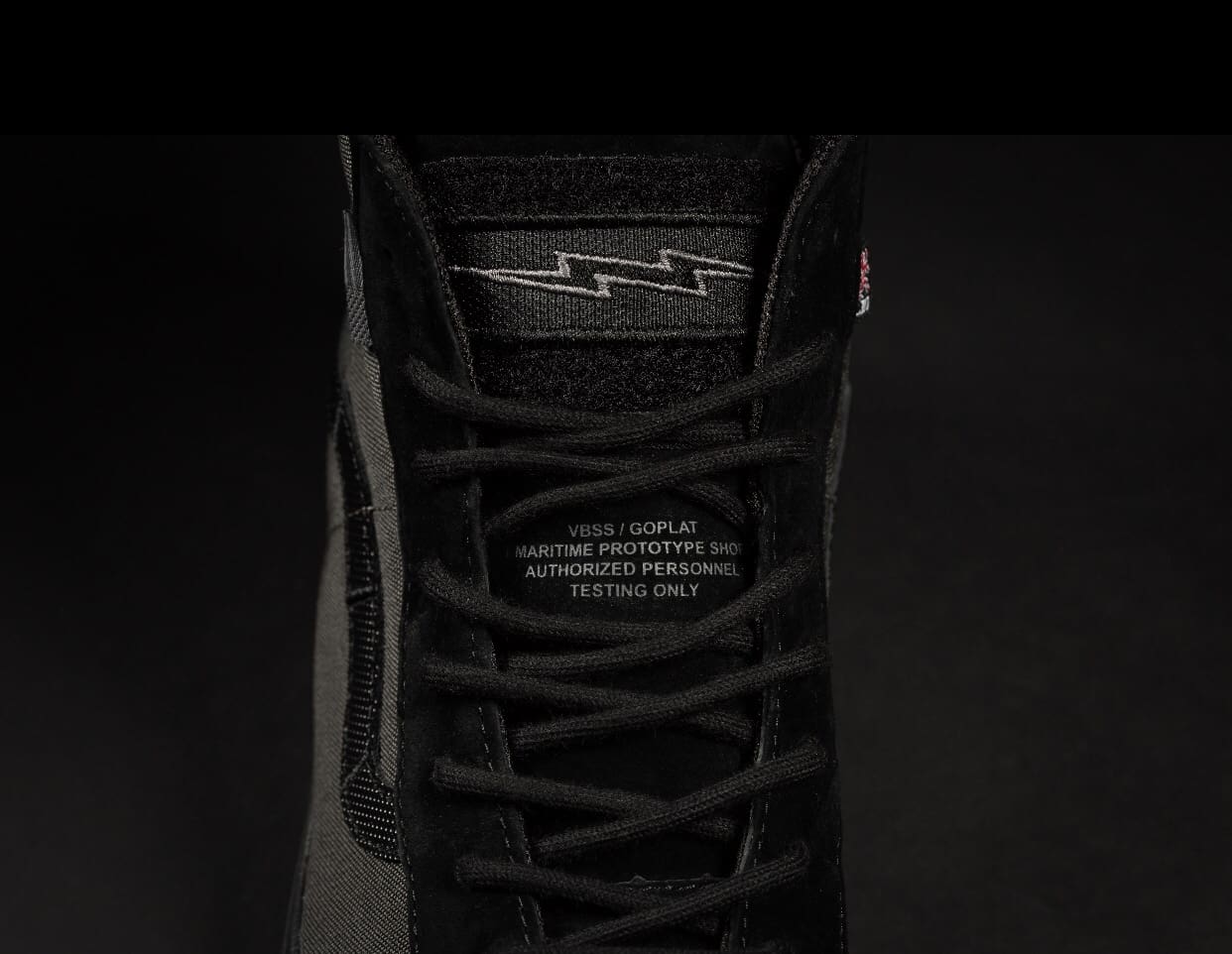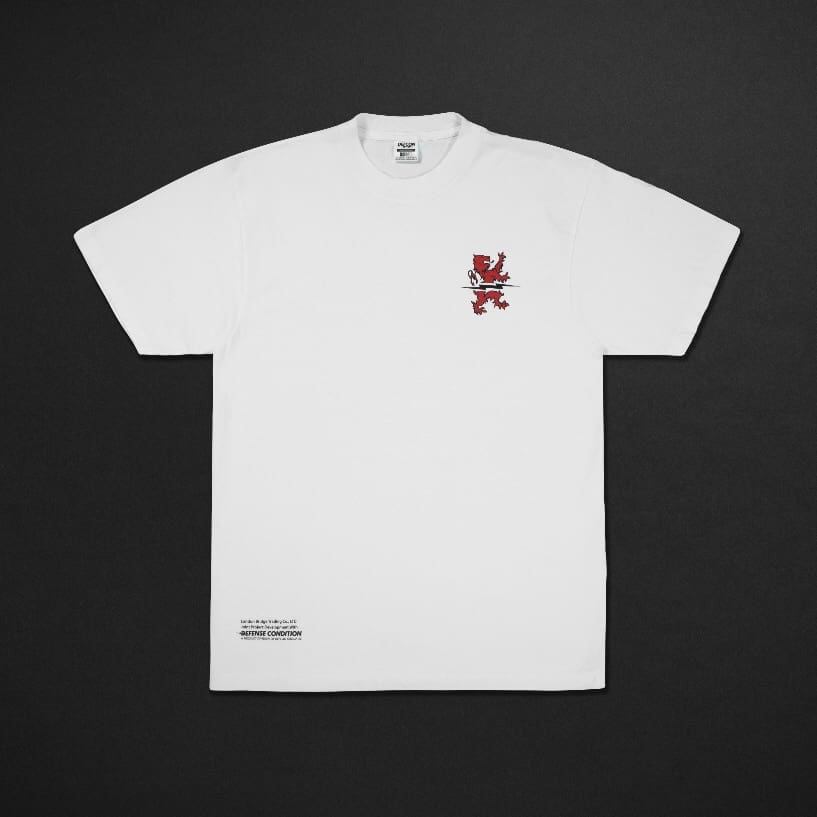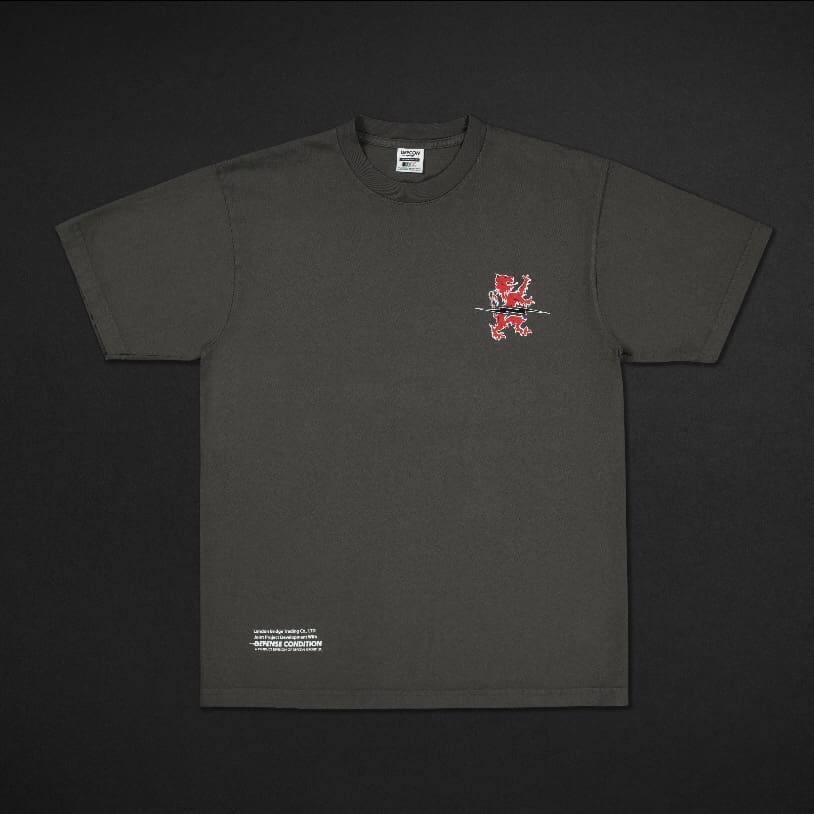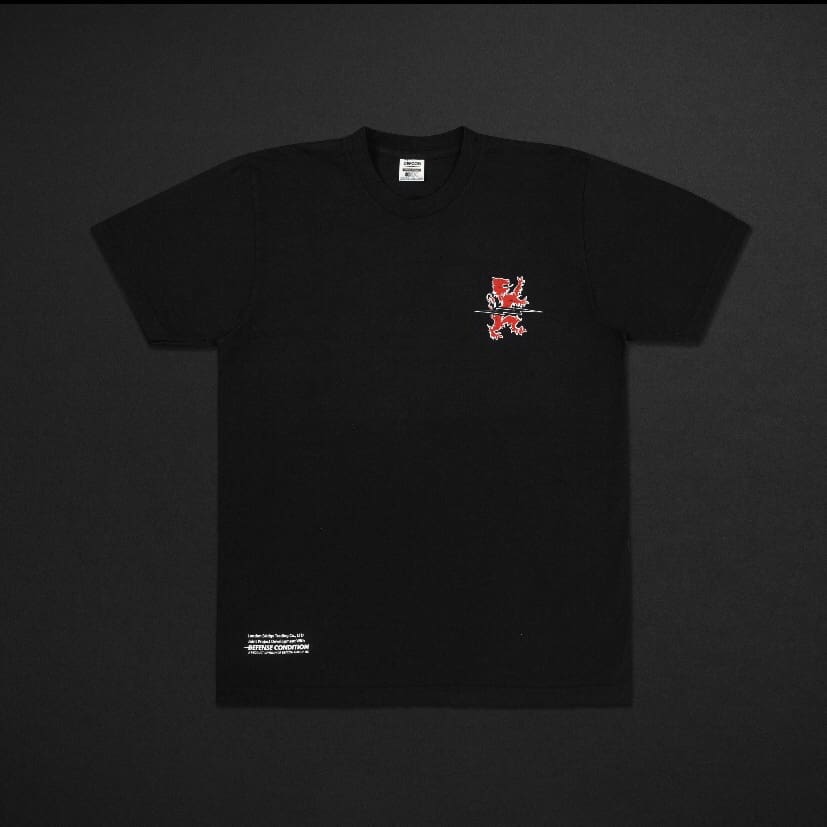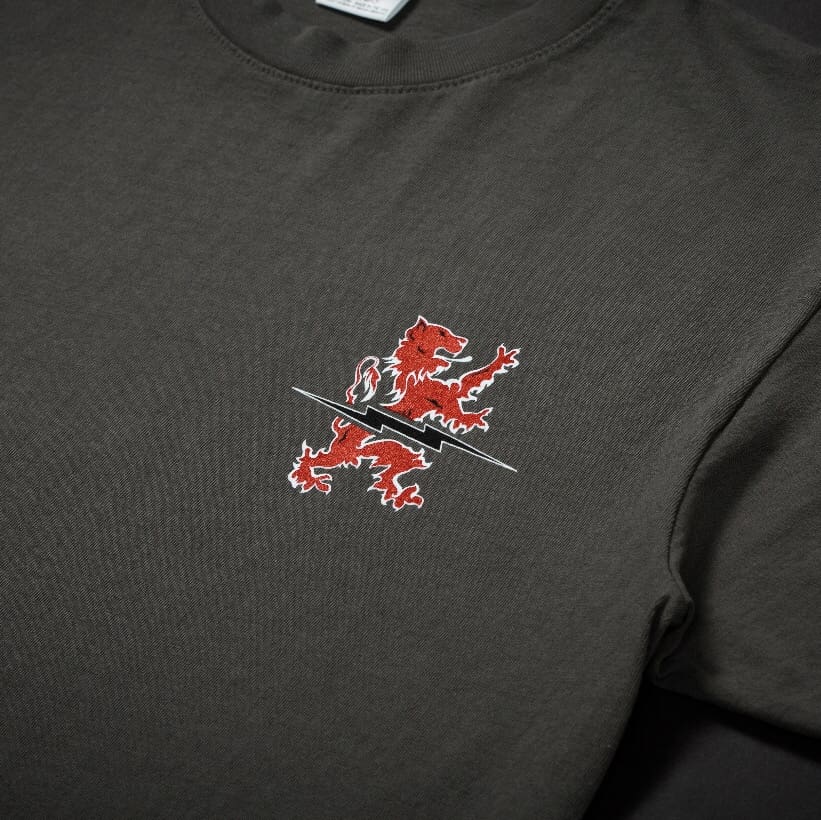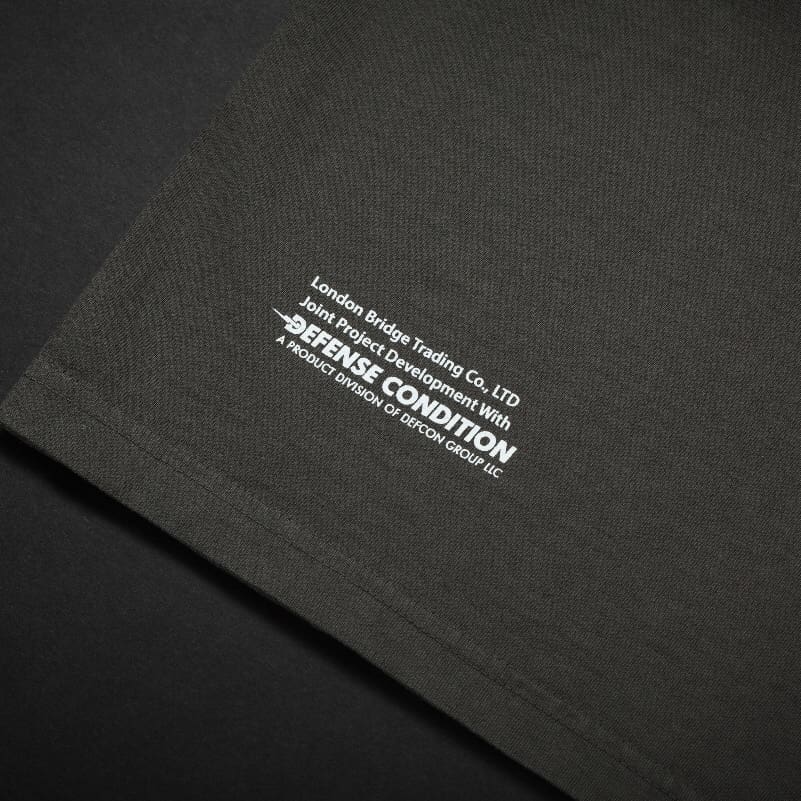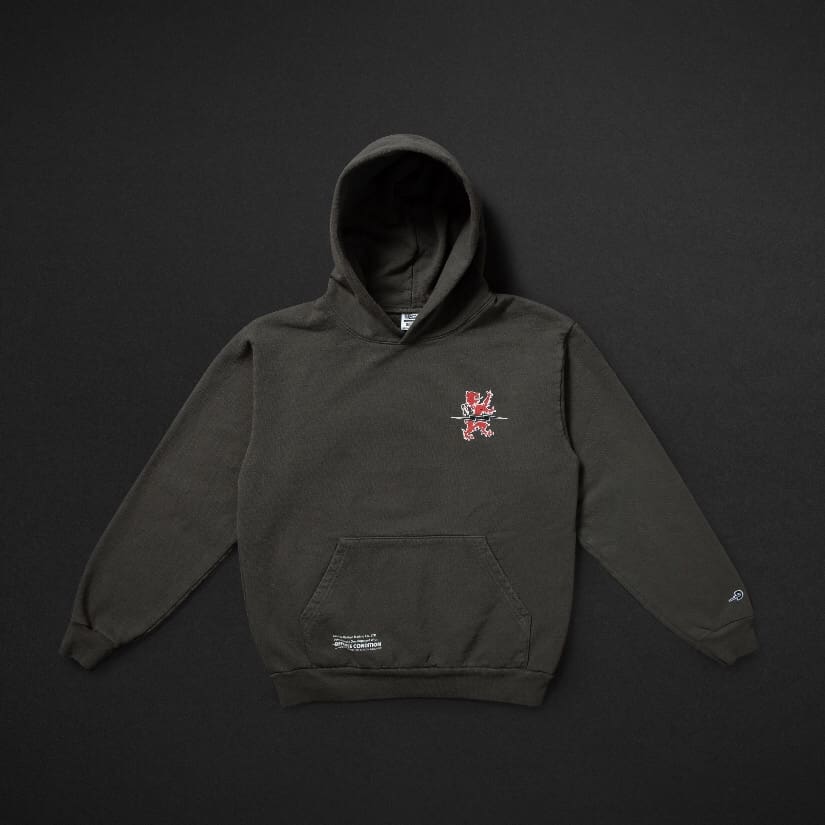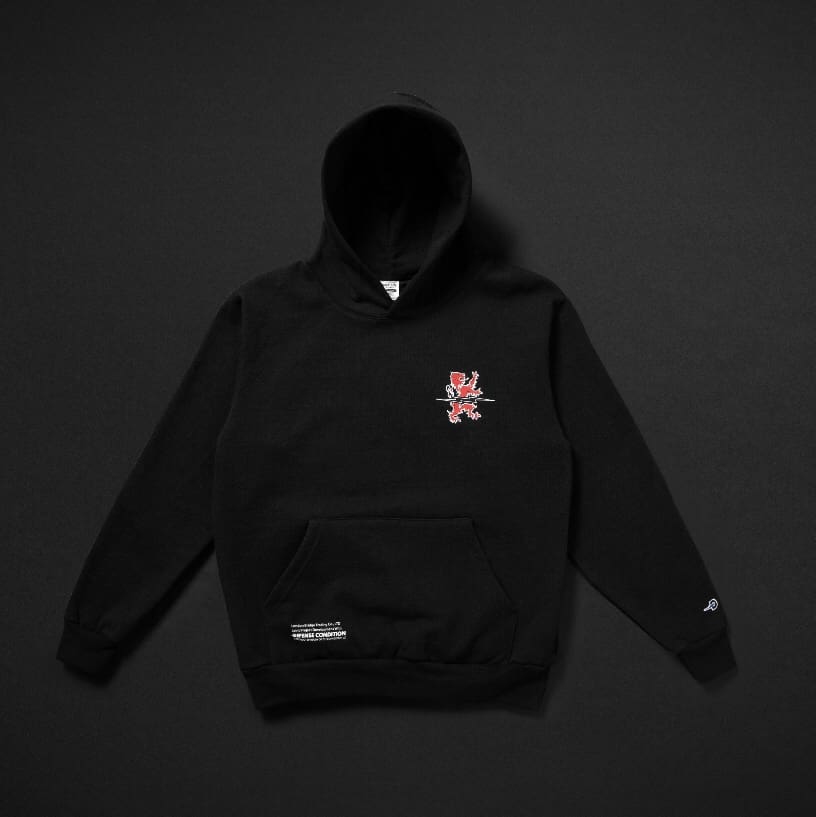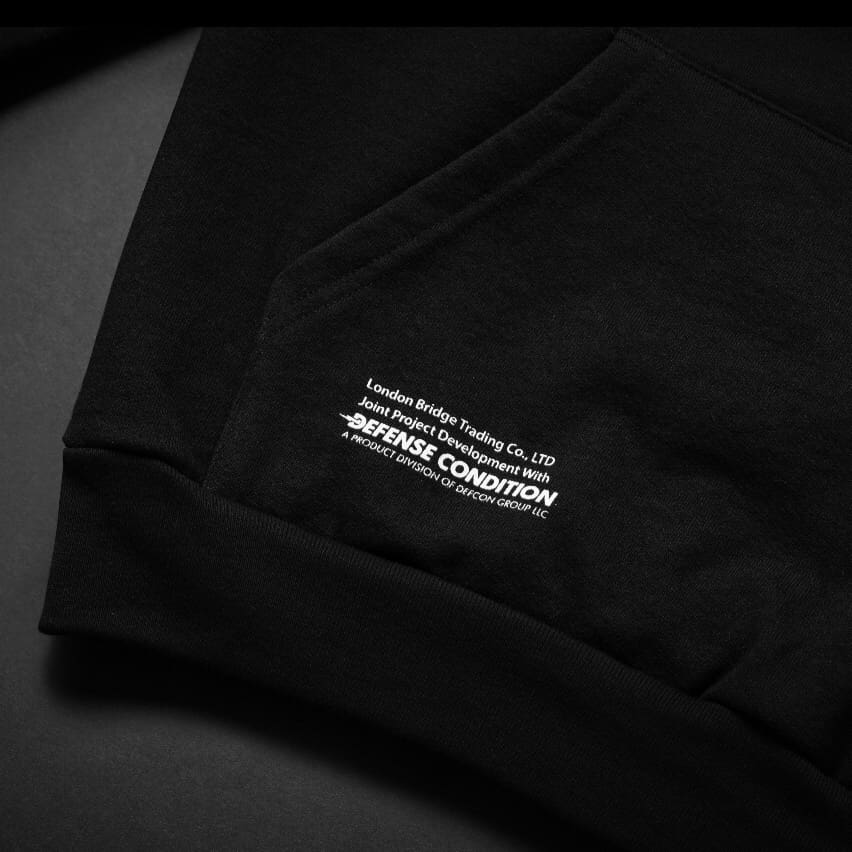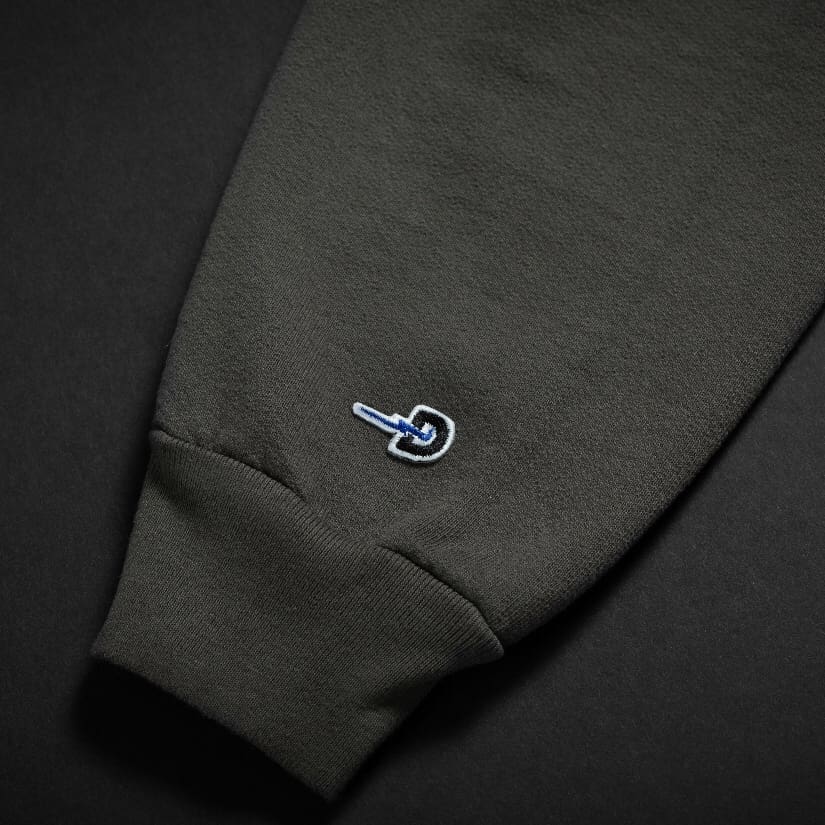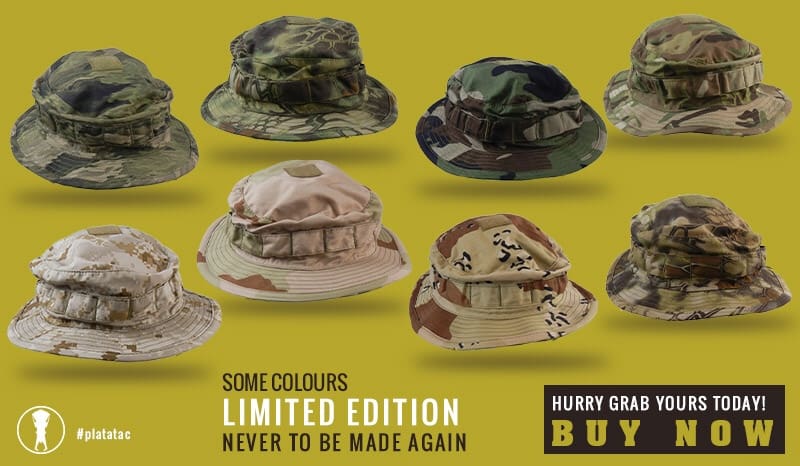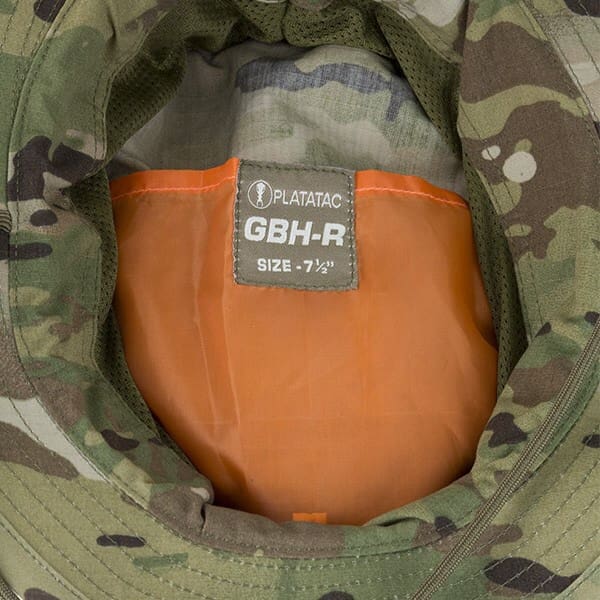MILLINGTON, Tenn. (NNS) — To enhance security and provide for public safety, all pretrial and post-trial prisoners confined in Navy shore military correctional facilities (MCFs) will begin wearing a Navy non-military standardized prisoner uniform (SPU) May 1.
Wearing of the SPU will be mandatory for all prisoners, regardless of Service affiliation.
Currently, all prisoners confined in Navy shore MCFs wear their respective Service utility uniform. The “military model” approach adheres to a Navy philosophy, that the approach curbs abusiveness, maintains structure and discipline with core military values to influence positive behavior in an effort to support the prisoners’ rehabilitation.
“However, having prisoners wear their Service uniform creates security and public safety challenges, such as difficulty in distinguishing staff from prisoners,” said Jonathan Godwin, senior corrections program specialist with the Corrections and Programs Office, Navy Personnel Command.
“Prison populations are largely comprised of prisoners incarcerated for crimes against people, which is reflected in courts-martial judgments with longer sentences and more less-than-honorable discharges from service,” Godwin added. “Additionally, punishments consist of total forfeiture of all pay and allowance, and it is rare for a prisoner to return to active duty.”
Pairing these challenges with a prisoner population almost exclusively in a non-pay status and not returning to duty, the costs associated with buying and maintaining Service uniforms becomes a tremendous and unnecessary fiscal burden to the Navy and the taxpayer. The price for a Service-specific military utility uniform with one pair of trousers and a top is approximately $95. When you add in a fleece jacket, the total easily exceeds $150.
The new SPU top and trousers will cost approximately $18.50. Adding a belt, buckle, ball cap and watch cap, and the price is about $22. Then add a jacket and the complete price to clothe a prisoner will be about $45.
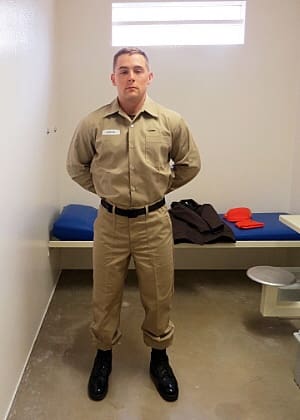
There will be two, distinct in color, uniforms worn by prisoners with the prisoner’s legal status determining which will be worn. The pretrial prisoner uniform will be chocolate brown in color and post-trial prisoner uniform will be a tan-colored uniform.
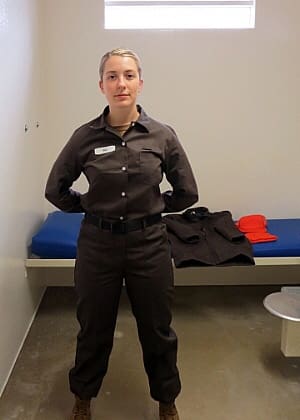
The SPU consists of MCF issued shirt/blouse, pants, web belt with open-faced buckle, and Service-issued undergarments, service-issue socks and boots or facility approved footgear. Additional SPU accessory items consist of a prisoner jacket and a baseball cap and/or beanie/watch cap.
“In addition to the enhancement of correctional security, improved public safety and significant fiscal savings, the wearing of the new SPU will produce numerous benefits across a wide range of Navy corrections operations,” Godwin said. “These include an SPU with a neat and professional look, an easier-to-maintain and care-for uniform, and less wear and tear on equipment, i.e. washing machines and dryers, and less cleaning supplies, i.e. laundry detergent.”
The SPU will be provided and funded by the Navy MCF. During in-processing into a Navy MCF, prisoners will sign for the uniforms and they will be held responsible for care and maintenance. Upon release from confinement, the prisoner will return the issued SPUs back to the MCF.
Also beginning May 1, clothing and packing list for prisoners entering confinement will no longer require four sets of utility uniforms and jackets. However, prisoners in pretrial-status will require their service dress uniform for court appearances.
Commands placing a service member into a Navy MCF for confinement are encouraged to review the required confinement documents and clothing packing lists, which can be found at www.public.navy.mil/bupers-npc/support/correctionprograms/brigs.
From Navy Personnel Command Public Affairs
